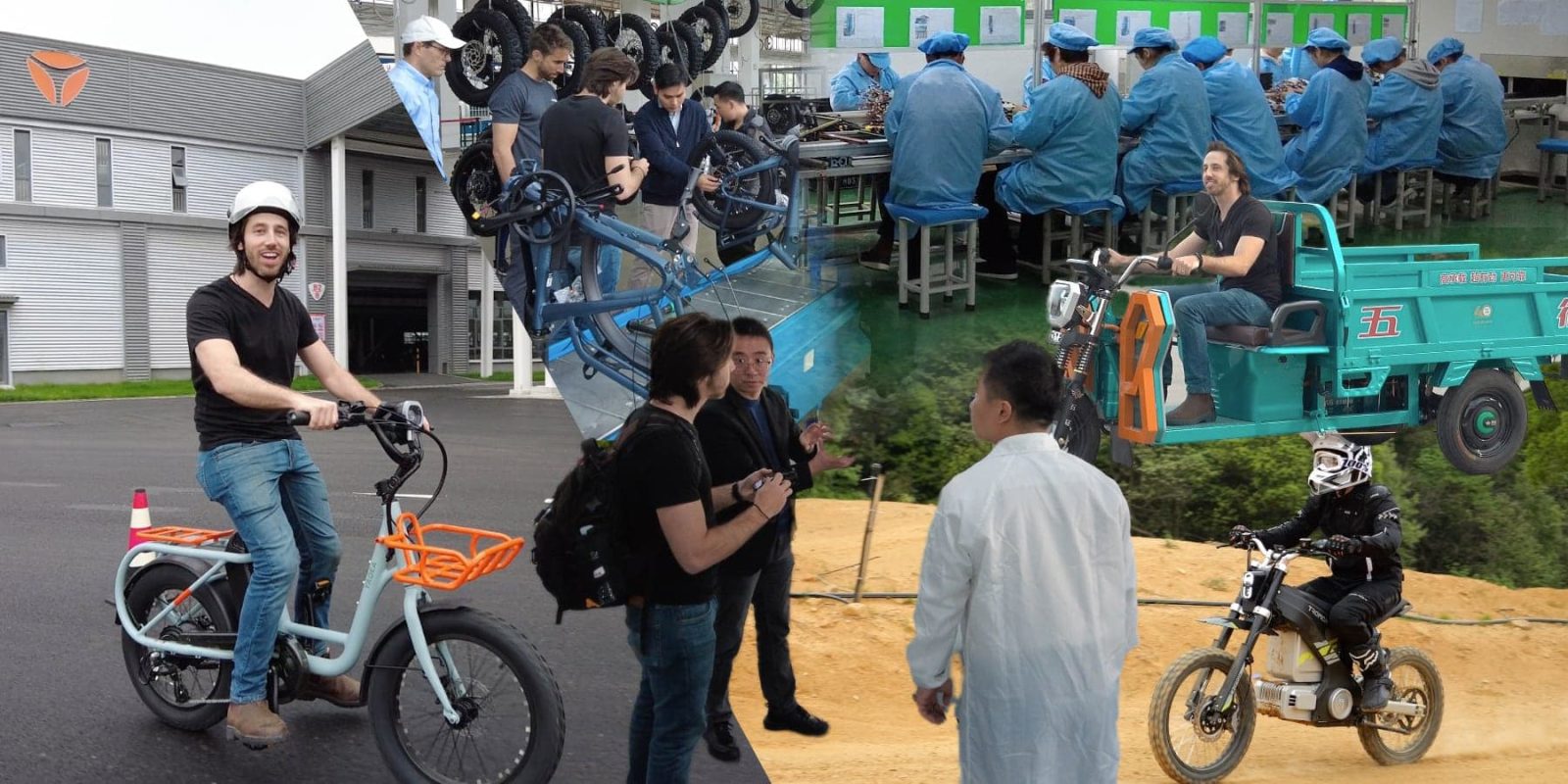
I’ve spent many years covering just about every awesome light electric vehicle that has come out of China, from e-bikes and e-scooters to more obscure rides like electric three-wheelers and more. After over a decade in the digital trenches, I’ve felt mighty overdue for a firsthand look at where these fun and functional personal electric vehicles come from. So I made the trip to China and snuck my way behind the scenes at a number of factories to check out some of the biggest and most important players in the industry.
Over the next few weeks, I’ll be rolling out full, in-depth articles and videos covering each of the interesting factories I visited.
It’s going to take some time as I’m a bit of a one-man band (this is where I should get jealous of all those journalists and YouTubers who have their own teams to edit their articles and videos for them). But good things are worth the wait! And to whet your appetite in the meantime, below I’ve written up a preview of what’s to come, including which factories I visited and what sets them apart.
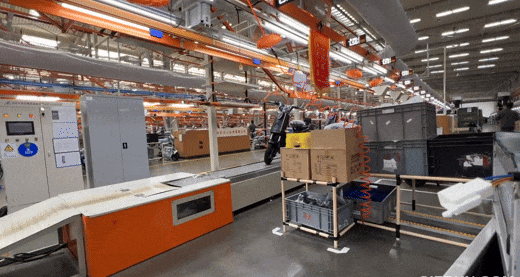
Yadea Factory Tour and Test Riding
[Update: Here’s the Yadea factory tour story and also my Yadea vehicle test riding story.]
Yadea is a titan of the electric two-wheeler industry. It’s headquartered in China but is truly a global company at this point, touting eight factories across three countries and major market share around the world. Yadea calls itself the largest electric two-wheeler company in the world. That’s true, but I’m going to actually say what they won’t say: Yadea is actually the largest electric vehicle company in the world, period.
Sure, Tesla is impressive with its 1.8 million EVs produced globally last year. But Yadea could pull a “hold my winter melon tea” and show off its 16 million EVs produced last year. And that’s even while its factories are still undergoing significant growth.
Sure, that’s an apples-and-oranges comparison because they’re very different vehicles. One is the most popular type of electric vehicle in the world, and the other is a Tesla. But still, it puts into perspective the magnitude of what Yadea is building, with an output of two-wheeled EVs that surpasses all major electric car manufacturers combined.
I toured the sprawling complex of Yadea’s Anhui factory, which covers a massive footprint and houses over a dozen giant factory buildings, some of which are around 10 acres in size. One has a legit football field inside of it for employees to use on breaks.

One major theme I kept seeing throughout the factory, though, was that it wasn’t all about pure output. At the same time as Yadea has focused on efficiency, the company has put a huge emphasis on creating comfortable and positive working conditions for employees.
From personal air conditioning units on the assembly line to on-site libraries available during shift breaks and even getting to choose their own music playing over the PA system in the factory buildings, it’s the polar opposite of what many people expect to find in a Chinese factory.
Though equally impressive was also how much of the manufacturing process has been automated with robotic tools and processes, meaning workers do less manual labor and more supervision roles.
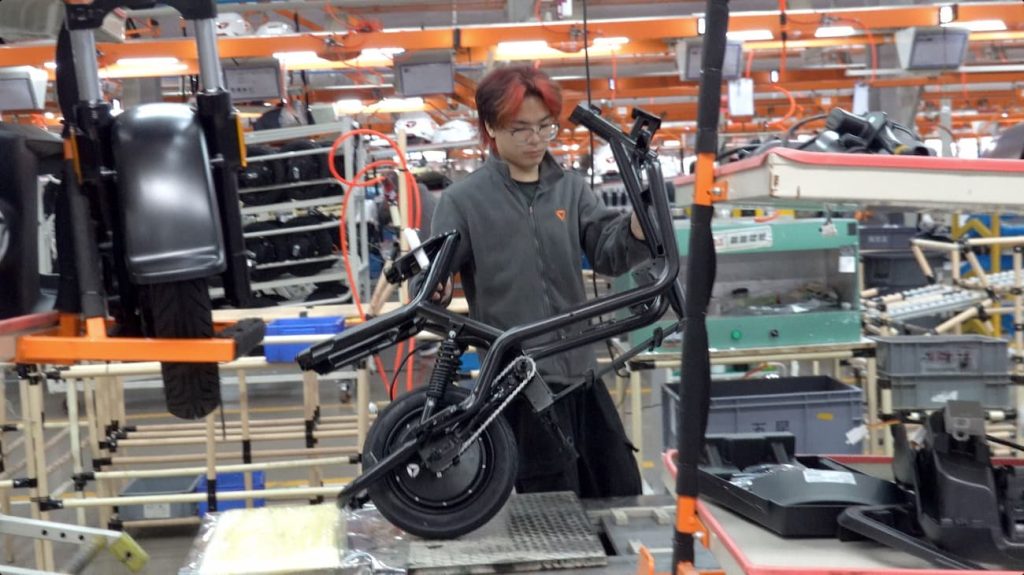
I was able to witness firsthand just how much effort has gone into making their production as efficient as possible to produce so many millions of vehicles. Robotic welders and metal forming machines work together like a ballet of whirling components. Scooters dance among the rafters as they’re robotically hoisted through sky bridges that connect the massive buildings, shuttling them automatically from assembly to inspection to packaging. And all to supply the world’s growing appetite for electric scooters and e-bikes, quickly replacing combustion-powered motorbikes around the globe.
Without a doubt though, the most fun part of the day was when I had the opportunity to test a number of different Yadea EVs, several of which are either coming to the US soon or already available.
Stay tuned for this story, coming up in just a few days. Between the impressive factory tour and the vehicle testing on the company’s proving grounds, it’s quite a trip!
Ride1Up Factory Tour
Ride1Up is one of the most well-respected e-bike companies in the US, leveraging US-based service and support with overseas manufacturing to provide some of the highest value in North America. Many people compare their models to much higher-end electric bikes, but for half the price.
Ride1Up invited me to join their founder, Kevin Dugger, on a tour of the company’s factory, where I was able to see several of their new models in production, including their carbon fiber road/gravel CF Racer1 e-bike and their value-priced Portola folding electric bike.
It was also impressive to see how much Kevin had his own eye for detail and quality control. They pay their factory and outside firms for multiple levels of quality checks, but the OG founder himself still does the rounds on the factory floor, too. Respect.
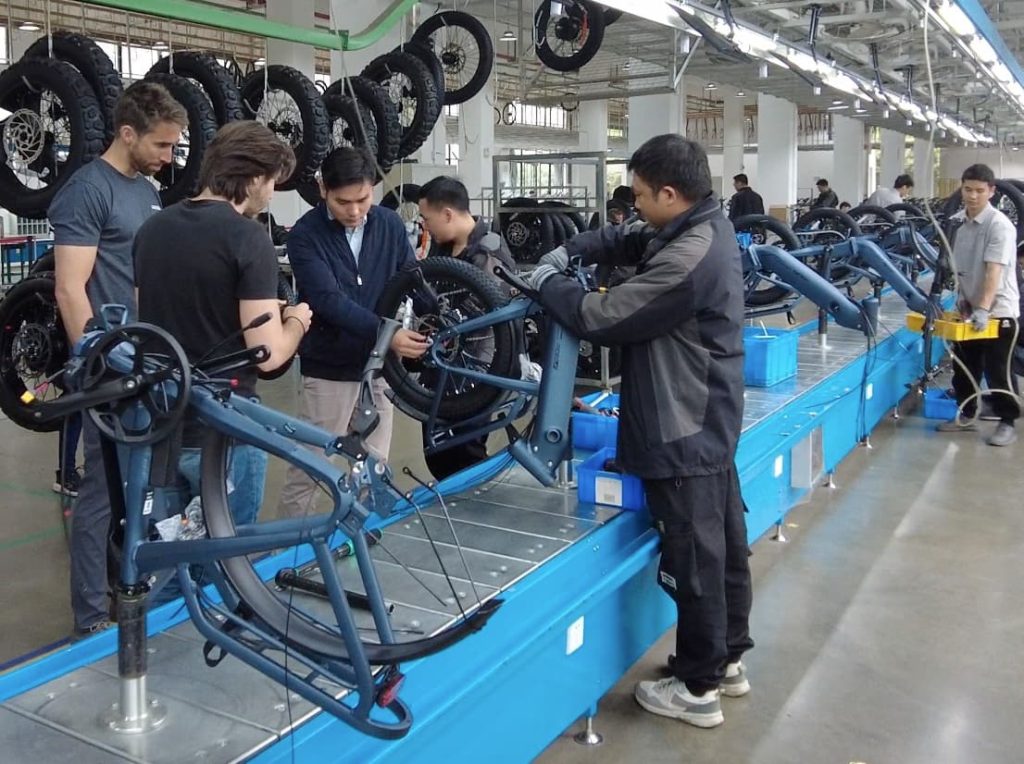

Throughout the factory, I was impressed at the level of detail they go through to ensure the quality of the production, including the way every major component gets scanned and cataloged as it goes onto each e-bike. That means that in the future, if there’s ever an issue with a specific component, for example, a concern with a dozen controllers in a batch or a single battery, they will know exactly which bike could be affected.
As e-bikes work their way down the assembly line, multiple quality checks occur at various stages. Specific verifications occur at many intervals, such as how robotically-laced wheels are automatically shunted off to a separate inspection line if a computer-controlled machine deems them imperfect. Then, at the more macro level, they even precisely weigh each box after it has been packaged, which would immediately reveal if any component or piece of packaging had been omitted.
I’ll have a lot more detail to go into in my deep-dive article and video on my Ride1Up factory visit, so make sure you stay tuned for that!
Ananda’s electric vehicle motors and drivetrains
You might not have heard of Ananda before, but if you’ve ridden e-bikes or e-scooters, there’s a good chance you’ve used Ananda’s products without even realizing it. Many of the largest e-bike companies in the US rely on Ananda for motors, controllers, displays, and other parts of their complete e-bike drive systems. In fact, just about the only e-bike or e-scooter component they don’t make themselves is the battery.
The company has a diverse range of products, serving everything from high-end, premium vehicles to entry-level, cost-effective models.
Ananda has also diversified its lineup to expand beyond just the lower power 250W motors for European companies, now offering higher power 750W motors for US-based e-bike makers that can take advantage of more relaxed regulations allowing for higher power and speeds.

Ananda has been a powerhouse for years, having gotten its start over 20 years ago as a component maker. But now the company has grown and turned itself into more than just a parts supplier, but rather a true system integrator, developing its own complete e-bike drive systems in-house to ensure the highest quality and reliability. That’s something you can only get when you design all the pieces to work together and communicate with each other properly.
Ananda designs and builds its own torque sensors, its own displays, its own motors, its own circuit boards, etc. It’s all done in-house, which explains why they have such a large team of over 1,000 employees.
One of the most exciting things that I learned was currently in development at Ananda was a hub motor with its own internal 3-speed gearing, essentially combining an internally geared hub with an electric motor to provide the best of both worlds (and remove the need for front or mid-motors when using a rear geared hub).
But if you want to hear even more about what Ananda is up to, and to see inside of their factory, you’ll have to wait for my complete article on this epic visit!
Tromox’s MC10 electric trail bike
I’ve been following Tromox since the company’s early days, and have been excited to watch each new mini-electric motorcycle the company has rolled out. Despite getting its start with micro-sized e-motorcycles, Tromox has grown into a fully-fledged mid-size electric motorbike company.
Their newest offering, the MC10 trail bike, is essentially a Sur Ron competitor, set to take on major names like Talaria by offering the capabilities of a light electric dirt bike, yet in a package that is much more approachable.
To test it out, I met up with Tromox at a local dirt bike track. To be honest, a motocross course isn’t exactly the intended use for the MC10, as the company readily admitted, but it was a great chance to push it harder than it was ever intended. The MC10 is really designed for trail riding, such as on fire roads cut through forests or exploring across private land. That’s the MC10’s natural environment.
And so if it can handle a motocross track, it should be able to do any trail riding you can find.
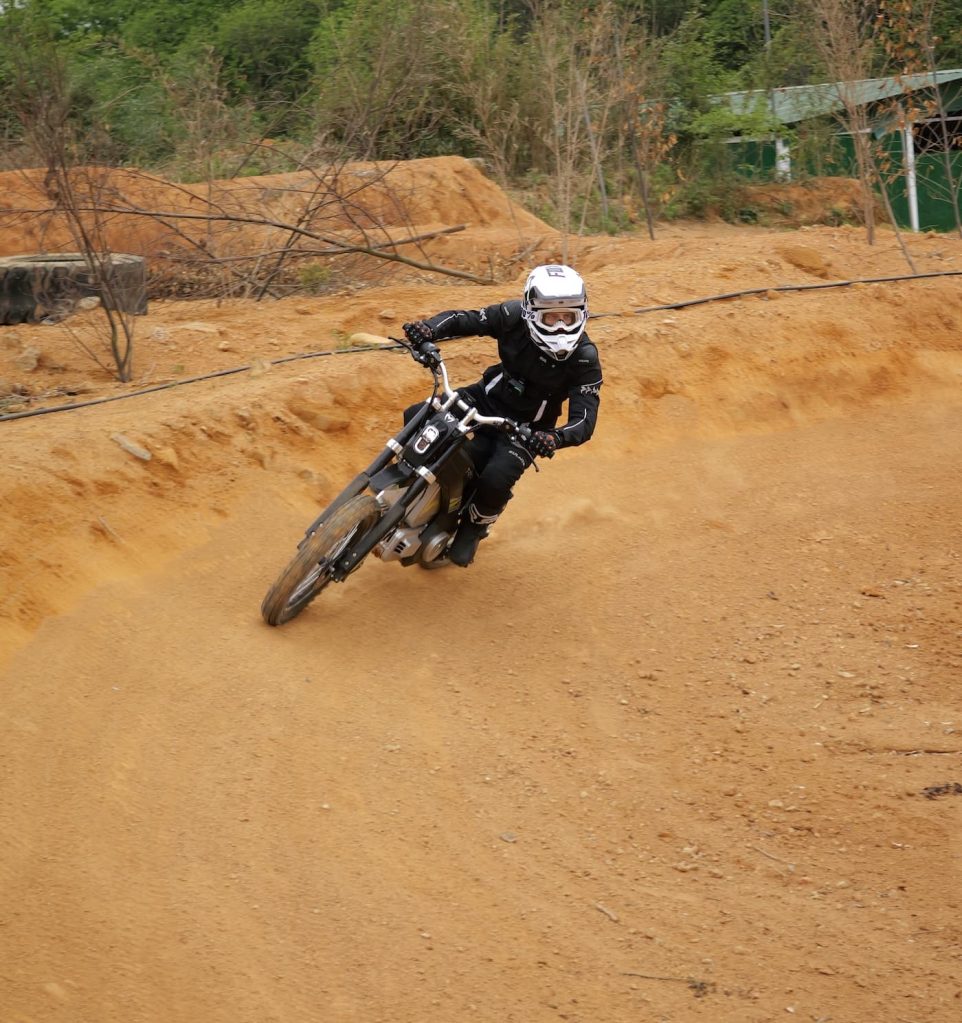

I’m not really a dirt rider, especially not in a jump-park setting, and so I was actually amazed at how quickly I took to the MC10. That doesn’t say anything about me, but rather it speaks volumes about Tromox’s design and ease of use. The light electric dirt bike allowed me to take my years of commuting riding and instantly feel pretty darn comfortable on loose dirt, hitting bunny hops and table tops with more confidence than I deserved, considering my surely poor form. But with excellent suspension, I survived landing jumps after having taken the absolute wrong trajectory and living to tell about it.
And if anything, it just makes me want to spend more time on the MC10 in a real-world setting, such as off-road trails, to take advantage of its easy-riding characteristics. Unlike a big and intimidating dirt bike, it looks and feels more like an electric bicycle. At least until you put it in the highest power setting and fly right up a hill that no e-bike could have conquered.
One last interesting note to tease you with here: If the powerful climbing ability and the comfortable ride didn’t already win me over, then hearing the chainsaw-like cacophony of combustion engine dirt bikes that took over the track after me was a stark reminder of why off-roading on an electric bike is just so much nicer.
That’s just scratching the surface of what I experienced with the Tromox MC10. Make sure you return soon for my full article and video on the test riding experience!

Lishui controllers
Lishui is another one of these companies that you probably have never heard of by name, but you’ve almost certainly used their productions.
I visited the company’s factory to see how they design and build controllers, displays, and other e-bike components that are used by the largest e-bike companies in the world.
I’m serious – I saw hundreds of testing and verification bikes there from Lishui’s long list of customers, many of these models not yet having been released publicly – and it seems like just about everybody who is anybody uses Lishui’s controllers. The big names from the North American e-bike market were there, as were the big European companies and just about everyone else.
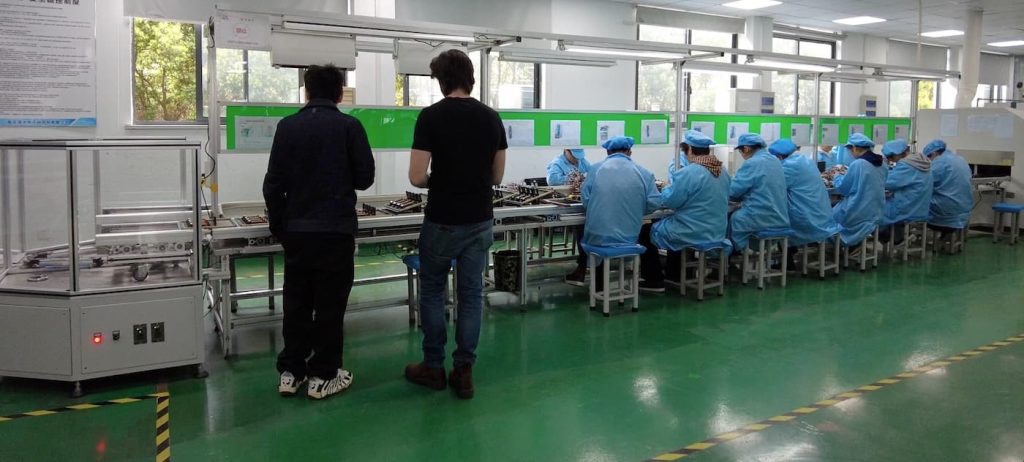
It’s quite surprising how such a quiet and unassuming company in a nondescript set of buildings (with their own on-site farm set up by the founder, mind you) is the major driving force behind the operation of so many of the leading players in the industry.
To learn more, you’ll have to return for my full article and video, which are coming soon!
Wuzheng’s electric three-wheelers
Electric three-wheelers, often called electric cargo tricycles or passenger e-trikes, are incredibly popular across Asia. They’re often used as something like a work truck in China, where they serve the purpose of pickup trucks in the US (or at least the few US that actually get used for utility, not the mall crawlers).
Wuzheng produces hundreds of thousands of electric trikes annually, and they’re a major part of the company’s larger portfolio of heavy-duty utility vehicles.
The factory completes nearly everything on site, starting with bare steel tubes and sheet metal, which are turned into ready-to-ride three-wheelers rolling out on the other end of the factory.

Wuzheng has a number of different models designed for different tasks, from open versions that are better for farms and agricultural work, to enclosed versions that are great for all-weather riding and carrying weather-protected cargo.
They even make vehicles for mail delivery and other official capacities.
I had the chance to not only check out the production floor but also do a little test riding on the vehicles. So make sure you check back for my full article and video on my Wuzheng experience!
Mivice e-bike drive systems
Mivice’s factory was a bit of a surprise visit for me, tacked on right at the end of my trip, but I’m glad I could make it work.
This is another one of the companies that you might have never heard of, but that actually makes some of the most sophisticated e-bike drive systems out there.
They design and produce not only their own motors, but also go to great lengths to develop their own higher performance components like torque sensors that actually make a huge impact on the ride and comfort of an e-bike.
The factory also places an extreme level of importance on precision manufacturing, which is part of how their motors can be so quiet and offer such performance in a small package. They aren’t the most powerful motors out there, largely because they’ve focused almost entirely on the European market, but they’re now looking to expand further into the US market and so I’m expecting to see interesting things coming from Mivice.
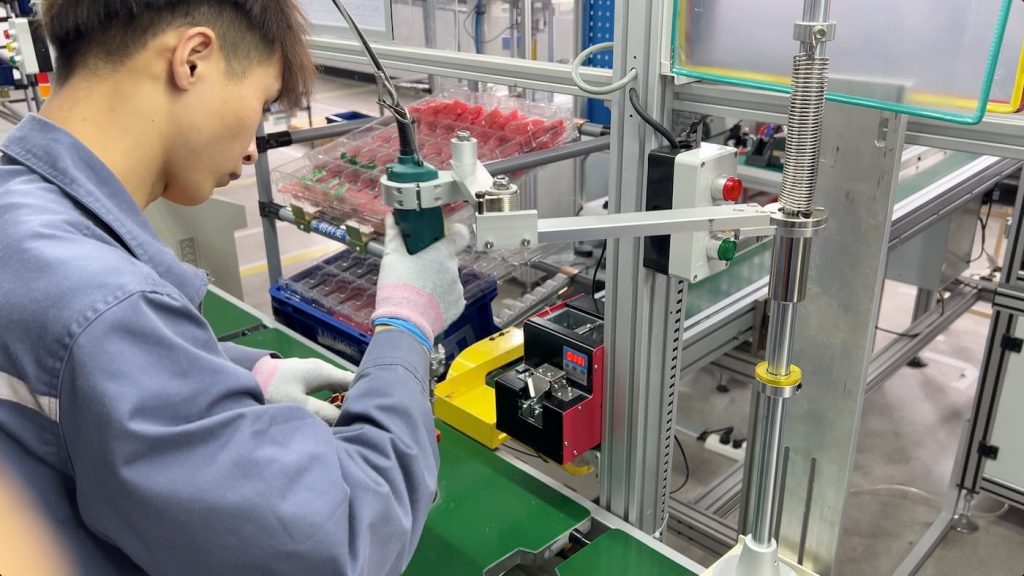
Over the next few weeks, you’ll hear about all of these companies and get a detailed look behind the curtain to see how they build these diverse types of micromobility vehicles.
And a very special thanks goes out to Jonathan Weinert at eCycleElectric for managing the logistics of the trip.
Stay tuned everyone, because the best is yet to come!
FTC: We use income earning auto affiliate links. More.





Comments